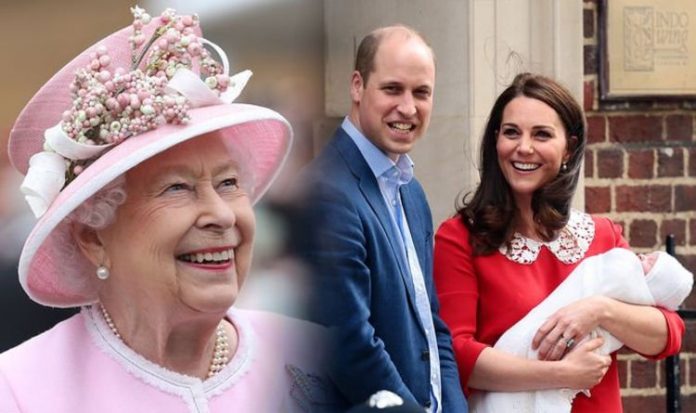Prince Louis was born at the Lindo Wing of St Mary’s Hospital in 2018, the same place his father was born to Princess Diana and Prince Charles decades before. Louis is the third child of Prince William and Kate, Duchess of Cambridge, and is one of the Queen’s eight great-grandchildren. But a few years before Louis’ birth, the Queen made changes to royal rules to allow Louis to hold a royal title.
Prince Louis’ full name is His Royal Highness Prince Louis of Cambridge, and his middle names are Arthur Charles.
Louis’ name was long associated with French kings, but it is believed the name pays tribute to a member of the Royal Family.
Lord Louis Mountbatten was Prince Philip’s uncle, and was known to be a close confidante of Louis’ grandfather, Prince Charles.
But had the Queen not made an intervention, Louis would not have been a Prince and would instead have been known as Master Louis Cambridge, after his father’s title, or Master Louis Windsor after the House of Windsor.
READ MORE: Queen changed law so Prince George, Charlotte and Louis got titles
King George V issued a royal proclamation in 1917, which set out exactly who was entitled to Prince and Princess titles in the Royal Family.
The proclamation declared all the children of the sovereign would be entitled to the style of Prince and Princess.
Any grandchildren born through the male line are also entitled to be known as Prince or Princess.
For this reason the children of the Queen’s daughter, Princess Anne, were not entitled to be known as Prince or Princess.
The Cambridge children are unique to the rest of the Queen’s great-grandchildren for this reason, as none of them have any royal titles at all – including Prince Harry’s son Archie Harrison.
Royal title rules were not the only things the Queen decided to change prior to the arrival of the Cambridge children.
The Queen also introduced the Succession to the Crown Act prior to George’s birth, which removed the system of male-preference primogeniture and replaced it with absolute primogeniture.
The move meant that, regardless of gender, the first child of William and Kate would hold precedence in the line of succession over any younger siblings.







